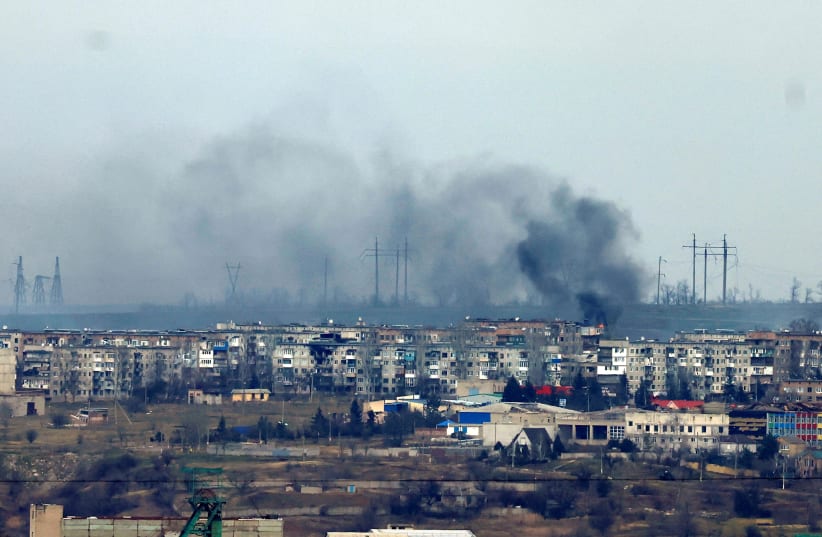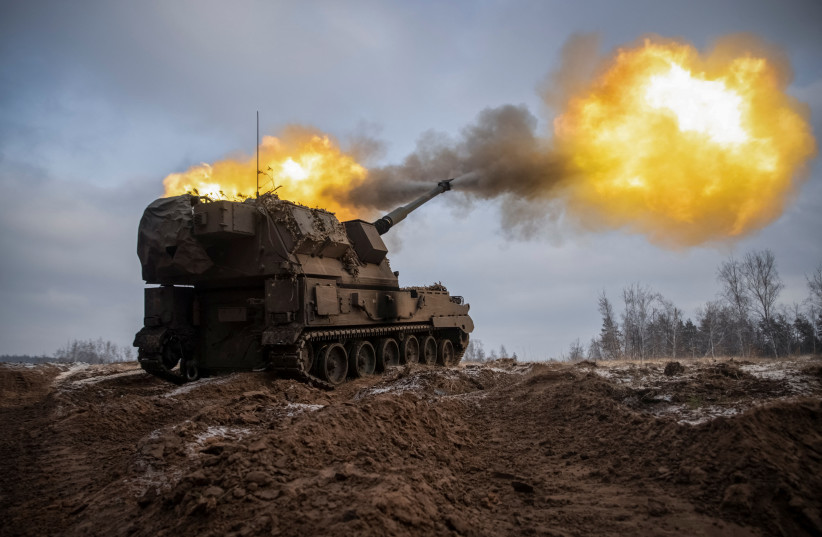Ukraine will receive new shipments of munitions and a plethora of different items to aid in its defense against the 11-month-old Russian invasion. The arms will include new air defenses, artillery shells, missiles, rockets, armored vehicles and perhaps tanks.
This should give Kyiv the punch to push back the Russians and also defend against new attacks that Moscow may be planning. It can also help Ukraine defend its civilians, which is important because Moscow has increasingly targeted infrastructure and civilians.
It’s difficult to keep track of all the new reports about weapons and systems that may be destined for Ukraine because there are many reports. Some contradict others, and some mention systems that could be deployed but haven’t been, or commitments that may take a year to come to fruition.
Recent developments in Ukraine
Politico recently reported that the US is “considering sending Stryker armored combat vehicles to Ukraine in an upcoming aid package to help Kyiv.” Reuters reported in November that the US may send ground-launched small diameter bomb (GLSDB) missiles, which have a range of 150 km.
The US has not sent the Army Tactical Missile System (ATACMS) missiles, which can strike almost 300 km. away. Ben Hodges, former commander of the US Army in Europe, tweeted “GLSDB will reduce sanctuary for Russians. Life is about to start getting very uncomfortable for Russian navy, air force and ammunition handlers on Crimea, along the ‘land bridge’... and hopefully soon for repair crews on Kerch Bridge.”
The big news is focused on armored vehicles, which Kyiv needs to protect its soldiers, stop attacks and push back the Russians. These shipments can also replace the vehicles that Ukraine has lost in the last year.
In this conventional war of attrition, Russia is trying to grind down the Ukrainians. Major battles, like the one in Bakhmut, require armor and more munitions. To prevent the kind of destruction wreaked upon Marinka, now in ruins, Ukraine needs more armor and munitions.
Visegrad 24 media reported that Sweden is expected to announce it is sending armored vehicles. These could be the CV90 Infantry Fighting Vehicle, although it remains unclear. BAE Systems announced new versions of these vehicles last year and reports said Sweden and the Czech Republic had deals with BAE on this vehicle.
The new version of the CV90 is the MKIV, but it’s not clear what could be sent to Ukraine. Last year Slovakia sent 30 BMP infantry fighting vehicles. Canada is also sending 200 state-of-the-art vehicles according to Canadian Defense Minister Anita Anand. These will include Senator APCs.
LEOPARD TANKS are the focus of the most difficult discussions. Different reports have suggested Berlin is waiting to see if the US will also send large main battle tanks, like the Abrams.
The Wall Street Journal reported this week that “Germany won’t allow allies to export German-made tanks to Ukraine unless the US agrees to send its own battle tanks, senior German officials said.”
Germany has just appointed a new defense minister, Boris Pistorius, and it is unclear how supportive he will be of Ukraine. Another report indicated that Germany will take its time to refurbish Leopard 2 tanks, but only a handful would be ready to send this year. This is bizarre, but it shows how the best laid plans to send major platforms and systems can take time.
Western military procurement is used to moving at a snail’s pace, so sending tanks by 2024 is the kind of slow-moving posture that is typical in peacetime. But this is not a time of peace, and processes are slow to change.
Pressure is mounting on Germany because the UK has said it will send a squadron of Challenger 2 tanks and France has committed AMX-10 light combat tanks. The UK sent the Challenger 2 to Poland last year, which enabled Warsaw to send vehicles to Ukraine. Poland sent around 260 T-72 model tanks or similar types of armored vehicles to the besieged country.
The T-72 is a legacy of an era when Poland had Soviet-era equipment. It entered production in 1969 and Poland built it under license. In 1991, it began making them under the new name PT-91 Twardy, and some of these were likely provided to Ukraine last year. Poland appears to be leaning toward sending a dozen Leopard 2s to Ukraine.
he US is also expected to send 50 Bradley Fighting Vehicles to Ukraine, an important system that packs a punch with its 25mm. gun, and can carry soldiers into battle. When it was built, it was considered a bizarre attempt to cram a lot of systems into one vehicle but has been used successfully in many US campaigns, including in Syria. At 27 tons, it blends elements of a tank with that of an APC. It is tracked like a tank but lightly armored.
MEANWHILE, the US has moved some of its Israel-stored stockpile of 300,000 155-millimeter shells. These munitions will be replaced in the future and they are part of a US strategic stockpile.
Bulgaria has also been helpful in sending ammunition that fits Ukrainian weapons. Ukraine has a huge array of weapons now, some units using munitions that date to the Soviet era calibers, and others using Western technology.
The Associated Press reported Wednesday that “Netherlands Prime Minister Mark Rutte said on Tuesday that his country plans to ‘join’ the US and Germany’s efforts to train and arm Ukraine with advanced Patriot defense systems.” Italy could also supply Kyiv with air defenses, but a decision has been postponed until February, Reuters reported.
An article at Defense One noted on January 17 how the only systems Ukraine has received quickly, are those that could be grabbed from existing stockpiles or were on order and rolling off the line. This was the case with the NASAMs air defenses that were sent by the US. When it comes to moving other systems like a counter-drone system to Ukraine, it can take time.
According to Eurasian Times, “the United Kingdom will reportedly send thirty AS90 155mm. self-propelled artillery guns (SPG) to Ukraine. This would make it the fifth type of artillery platform to be sent to Ukraine after the American M777 lightweight howitzer, France’s 155mm. 52 calibers Caesar SPG, the Polish 155mm AHS KRAB SPG, and Germany’s Panzerhaubitze (PzH) 2000 SPG.” Kyiv has also received the M982 Excalibur guided artillery system and the US will apparently send the RIM-7 Sea Sparrow for Ukraine to use with its Buk air defense system.
Despite all the promises and the systems already delivered, Russia continues to use drones, missiles and artillery against Ukraine.
TASS media claimed recently that two US-supplied radars, AN/TPQ-37 near Karmazinovka and AN/TPQ-50 near the community of Avdeyevka had been struck. While it’s difficult to confirm Russian claims, the overall issue is that at the end of the day, supplies to Ukraine will suffer attrition; they can break down or be destroyed.
When countries are contemplating sending just a dozen of a certain type of armored vehicle, it’s hard to see how they can be game-changers - and if they arrive in piecemeal fashion how they can be used in an integrated combined arms approach by the Ukrainians to turn the tide on a given frontline.
If the weapon systems are right and Ukraine can protect its skies and put them together as armored forces, it could be able to blunt Russian attacks and push Moscow back.
However, a lot of questions remain. Ukraine will need reserve forces and training on the new equipment. The hard slog that it has faced already has led to many casualties and its armies will be tired as they come into spring and the first anniversary of the war.

